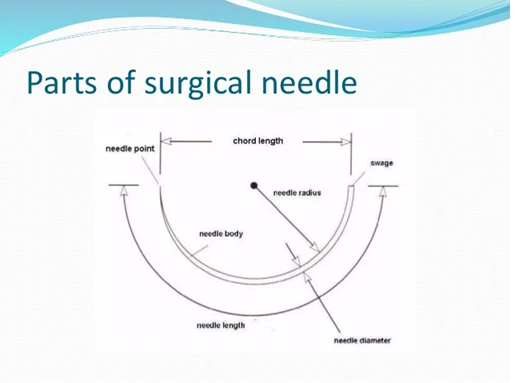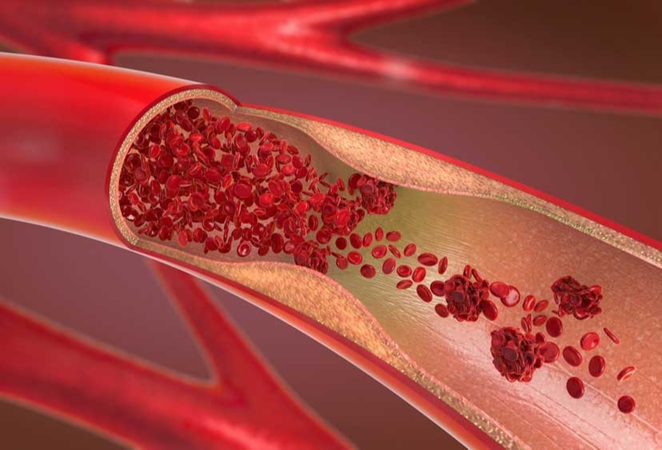Sutures are essential in surgical procedures, aiding in wound closure and facilitating proper healing. Among the many materials used for sutures, catgut stands out for its natural origin and historical significance. This blog delves into the details of catgut suture material, its properties, applications, and relevance in modern medicine.
What is Catgut Suture Material?
Catgut suture material is a natural, absorbable suture derived from the collagen found in the intestines of animals, primarily sheep or cattle. Despite its name, catgut does not involve cats; the term is believed to have originated from the word “kitgut,” referring to strings used in musical instruments made from animal intestines.
Catgut sutures are available in two main types: plain catgut and chromic catgut. Both types are valued for their biocompatibility and ability to dissolve naturally within the body.
Characteristics of Catgut Suture Material
- Natural Composition: Made from purified collagen, catgut sutures are biodegradable and environmentally friendly.
- Absorbability: Catgut is naturally absorbed by the body through enzymatic processes, eliminating the need for suture removal.
- Biocompatibility: Being a natural material, it is generally well-tolerated, although mild inflammatory reactions can occur in some patients.
- Tensile Strength: The strength of catgut sutures decreases over time as they are absorbed, which is beneficial for rapidly healing tissues.
Types of Catgut Sutures
- Plain Catgut: Untreated and absorbed quickly, usually within 7-10 days. Ideal for superficial closures and tissues that heal rapidly.
- Chromic Catgut: Treated with chromium salts, which prolongs its absorption time to 20-40 days and reduces tissue inflammation. Suitable for procedures requiring longer support.
Applications of Catgut Suture Material
Catgut sutures are commonly used in the following medical fields:
- General Surgery: For internal sutures in tissues that heal quickly.
- Obstetrics and Gynecology: Often used for procedures like episiotomies and cesarean sections.
- Dental Surgery: Suitable for oral tissues, as they dissolve without requiring removal.
- Ophthalmology: Used in delicate eye surgeries.
- Veterinary Medicine: Widely used in surgical procedures for animals.
Advantages of Catgut Suture Material
- Natural Absorption: Reduces the need for post-operative intervention to remove sutures.
- Cost-Effective: A more affordable option compared to some synthetic sutures.
- Easy Handling: Flexible and easy to knot, making it a surgeon-friendly material.
- Widely Available: Catgut sutures are accessible and widely used in various medical practices.
Limitations of Catgut Sutures
While catgut suture material has many benefits, it also has certain limitations:
- Variable Absorption Rates: Absorption can vary depending on tissue type and patient-specific factors.
- Inflammatory Reactions: Some patients may experience mild inflammatory responses.
- Short Lifespan: Not suitable for tissues requiring long-term support.
- Risk of Contamination: Being a natural material, catgut is more prone to microbial contamination if not handled properly.
Catgut vs. Synthetic Sutures
Synthetic sutures, such as polyglycolic acid (PGA) or polydioxanone (PDS), offer more consistent absorption rates and tensile strength. However, catgut sutures remain a preferred choice in certain procedures due to their natural composition, cost-effectiveness, and biodegradability.
The Legacy of Catgut Suture Material
Catgut sutures have been used for centuries, making them one of the oldest suture materials in medical history. Despite the rise of synthetic alternatives, their natural origin and effectiveness ensure their continued relevance in modern surgical practices.
Conclusion
Catgut suture material represents a remarkable intersection of tradition and utility. Its natural absorbability and biocompatibility make it an enduring choice in the world of surgery. While advancements in synthetic materials have introduced new options, catgut remains a trusted and versatile solution for specific medical applications.
For medical professionals and patients alike, understanding the unique properties of catgut suture material highlights the importance of selecting the right tool for the right procedure.




Leave a Reply